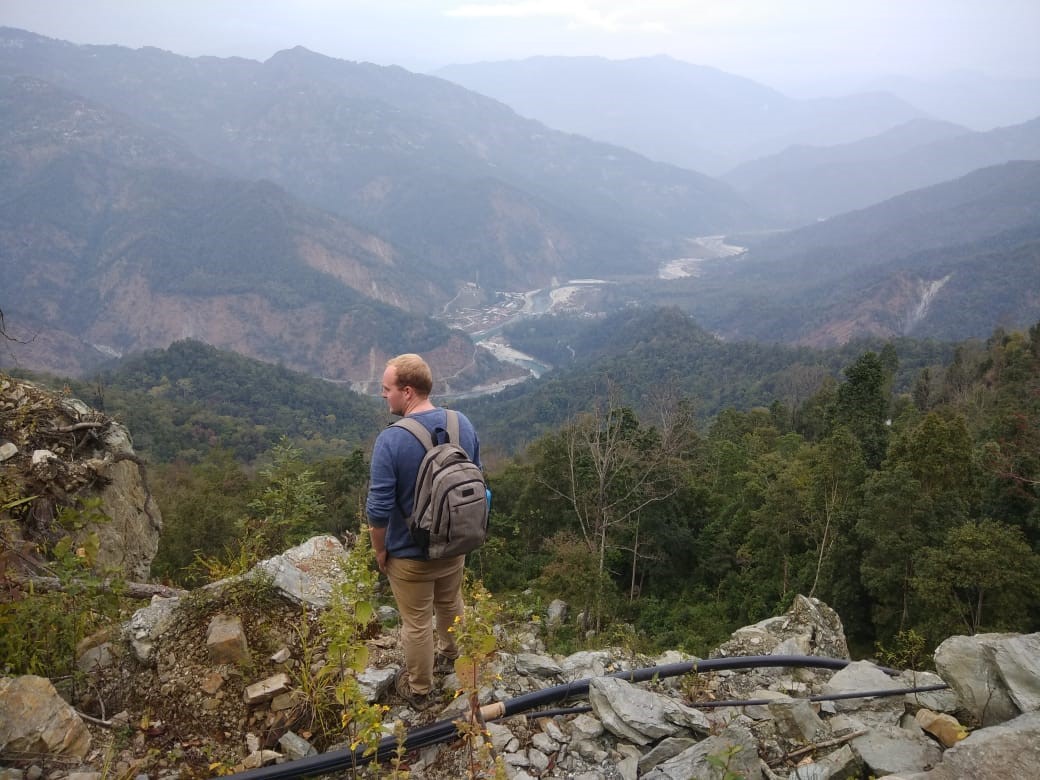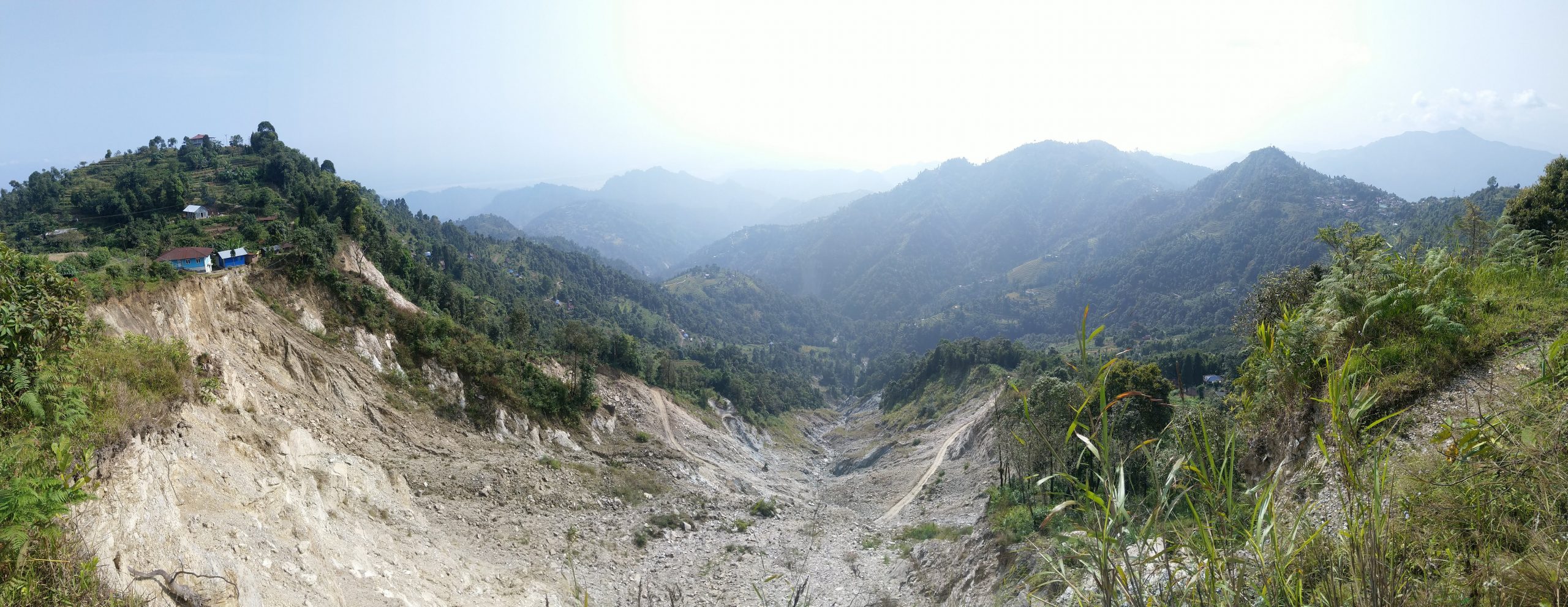A Reflection on My PhD Fieldwork Experience Kalimpong district, India
By: Peter McGowran
Last year I took on a short-term administrator role with the ADN. Since May 2019 when the role officially finished, I have undertaken my PhD fieldwork in Kalimpong district, India. I did this across 2 visits of 2 and 4 months, returning from my 2nd and longest visit at the end of January 2020. Below I share some brief and initial reflections on my fieldwork and the implications it might have for disaster risk management (DRM) and prevention of avoidable deaths, in Kalimpong and beyond.

The district and town of Kalimpong are located within the state of West Bengal, an administrative fact which has been at the centre of a long running and often violent statehood movement for over half a century – generally known as the Gorkhaland movement (Middleton and Shneiderman, 2018). The administration of Kalimpong and its political fall-out has a number of implications for the way in which disaster risk is —or is not—managed there. Kalimpong experiences a number of interconnected hazards, including flooding; earthquakes; and most frequently, landslides.

My research took a holistic approach to understanding DRM in Kalimpong, with a particular focus on landslides. My conceptual framework is based on ‘Assemblage Theory’, which trained my attention towards the many diverse components which come together to create landslide risk (Donovan, 2017). This requires not only a focus on the physical landscape and rainfall patterns, but also the way in which the physical landscape is altered according to political, economic and cultural imaginations. My research was mostly qualitative. The bulk of my empirical data coming from 62 semi-structured interviews (often with more than 1 participant), 1 focus-group discussion and numerous unrecorded and informal discussions. Most of my interviews were with people affected by landslides, often in very remote locations. These were supported by interviews with local academics, journalists, officials, NGO workers and politicians. My research would not have been possible without my research assistant, and the help of local NGO Save The Hills.
Though I am yet to properly process my data, some initial reflections and implications for DRM and the ADN are listed below:
- The main political outcome of the Gorkhaland agitation has been the creation of an autonomous development council which sits alongside the district administration. The resultant division of roles and responsibilities has created grey areas; added bureaucracy, and lead to disconnected response and reconstruction measures in The Hills. These issues are complicit in creating vulnerability to the impacts of landslides.
- The existence of the above council and associated political violence has meant that the panchayat system of local-level governance in the districts of Kalimpong and Darjeeling does not function properly – there have been no elections since the year 2000. The panchayat system relies on a threadbare administration of one or 2 bureaucrats. The lack of elected officials in panchayats does not necessarily affect the relaying of information to local people (i.e. warning messages), but does lead to: a reduced ability to secure development funds; a reduced ability of affected people to obtain relief funds (contributing to vulnerability), and a lack of transmission of ‘local knowledge’ to the district level and beyond which might improve DRM. There is a need for further research into the role of panchayats in DRM in India.
- Whilst avoidable landslide-related deaths catch headlines, the impacts of landslides which are most frequently felt in The Hills relate more to long-term impacts on livelihoods.
- Landslides are often described as ‘natural’ hazards. My findings would suggest that the majority of landslides affecting people in Kalimpong are not necessarily ‘natural’ at all. In most cases the landslide event can be traced to anthropogenic process, especially road construction. This is an issue which is prevalent across the Himalayas. It is an issue which is contributing to avoidable deaths, and which demands a policy intervention.
References:
Donovan, A. (2017) ‘Geopower: Reflections on the critical geography of disasters’, Progress in Human Geography, 41(1), pp. 44–67. doi: 10.1177/0309132515627020.
Middleton, T. and Shneiderman, S. (2018) Darjeeling Reconsidered: Histories, Politics, Environments. New Delhi: Oxford University Press.
